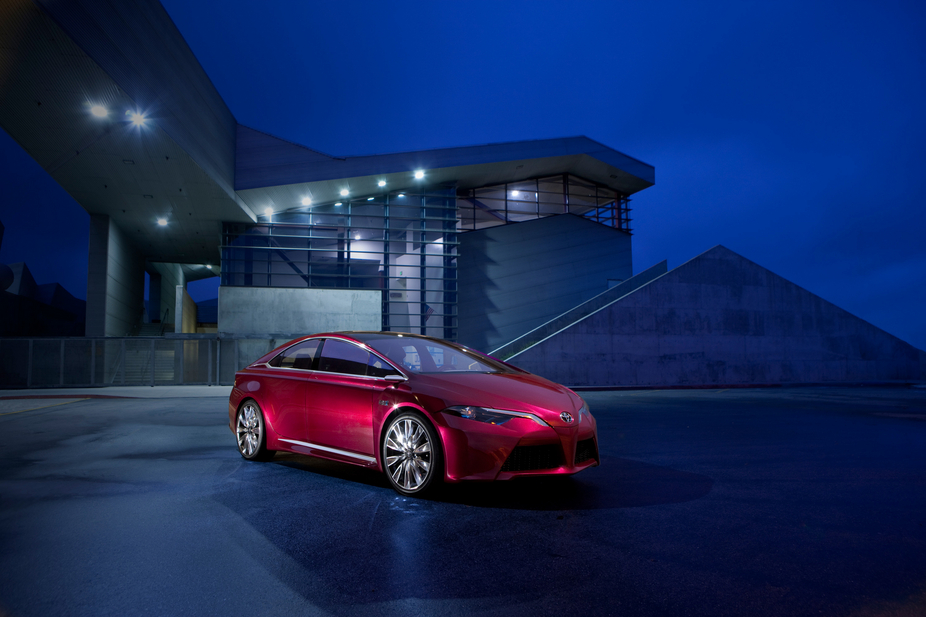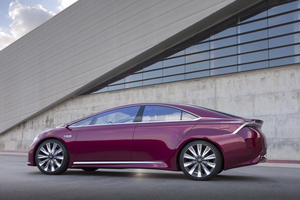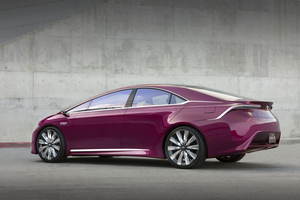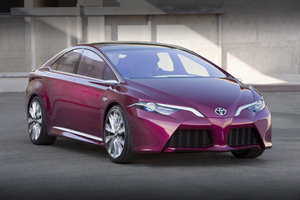|
Send this page to a friend! Fill in the form bellow | ||
NAIAS
Toyota expresses future mobility vision with NS4
Toyota has just unveiled at the North American International Auto Show an advanced plug-in hybrid concept vehicle: the NS4. This study is yet another vision of what Toyota expects future mobility to become in the future, focusing on connectivity and the human interface.
The NS4 is a new mid-sized concept that can become a global model by 2015. Although the concept is a plug-in hybrid, its development has been separated from the Prius family.
With the powertrain featured in the NS4 Toyota is heading into the next-generation Hybrid Synergy Drive plug-in system. Engineers have been working on the reduction of size of components and weight, with goal of improving overall fuel economy, achieving better acceleration and longer all-electric range. Toyota also expects to reduce the charging time.
In terms of design the NS4 might indicate the path styling inside the portfolio of Toyota is following. With the NS4 Toyota makes different choices in terms of aerodynamics with the modified triangle, with a low height and cabin-forward tilt. The open trapezoid grille features a floating lower spoiler. At the back the rear lamps are extended to the sides of the vehicle, while the rear lamp wings create a sharp edge and the effect of a rear spoiler.
One of the objectives of Toyota with the NS4 was to focus on connectivity. To do so and include emerging technologies on its concept, the Japanese brand has formed special alliances with technology leaders such as Microsoft, Intel and Salesforce.
One of these technologies is the Human-Machine Interface (HMI), which provides a user interface built around a multi-touch screen with the look and feel of a smartphone. According to Toyota “the HMI system is even capable of “learning” driver preferences and habits to anticipate driver responses in specific environments and situations.”
Toyota has also introduced safety technologies on the NS4, showing-off the next generation Pre-Collision System (PCS) with lane departure, rear-end and pedestrian collision avoidance technologies. They all have been developed to predict collisions under certain circumstances and help avoid them.
The NS4 also features Adaptive Driving Beam (ADB) headlights, which help prevent vision-impairing glare to oncoming drivers and pedestrians.
Using sub-millimeter wave radar, the Blind Spot Monitor (BSM) present in the Toyota concept vehicle is designed to detect a vehicle in the adjacent lane. When another vehicle is detected the system visually alerts the driver using visual indicators placed in the upper dash.
Encyclopedia |
Contribute
latest articles



popular articles

















